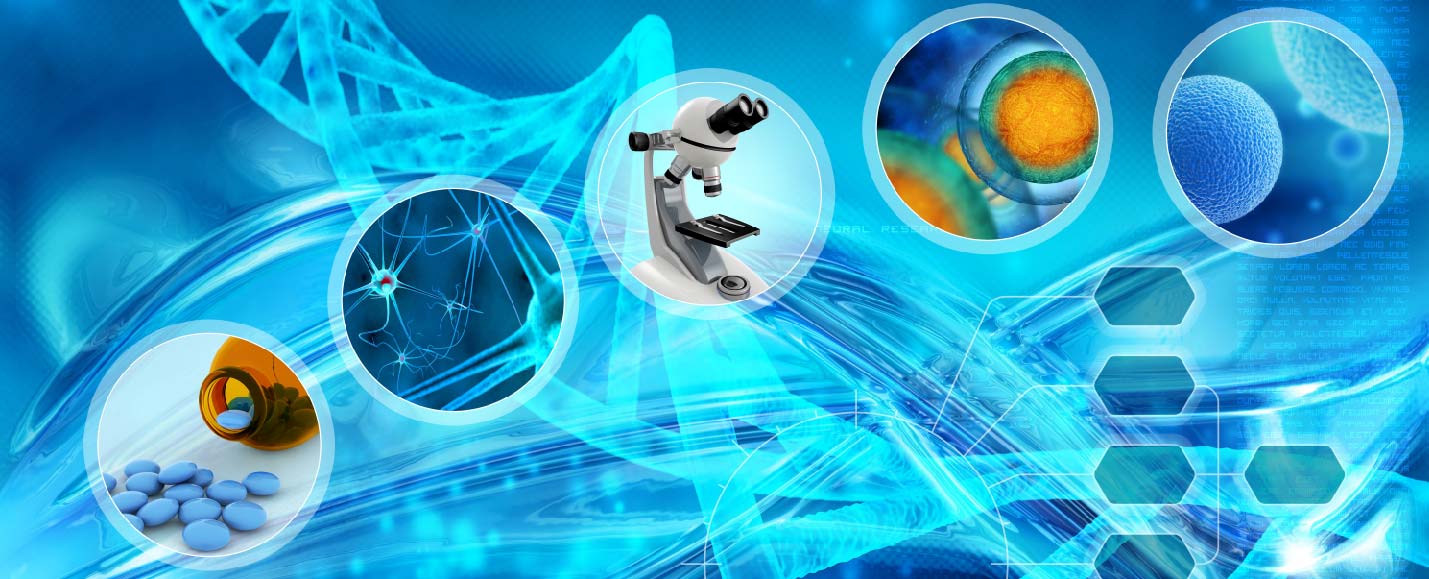Research Field
The Zarivach lab performs structural biology en route to the development of new biotechnologies. As a structural biology lab, the lab researchers use techniques such as x-ray crystallography – the gold standard for determining the structure of a protein – and a variety of other biophysical methods to examine the relationship between the structure and function of a protein.
Specifically, the lab researchers investigate proteins found in magnetotactic bacteria (MTB). MTB are bacteria that are capable of navigating according to magnetic fields, a capability that is achieved through the presence of an internal chain of magnets that the bacteria synthesize in a process called biomineralization. While each magnet is too small to achieve anything alone, as a chain, they have sufficient magnetism to be used by the bacteria to find the optimum habitat; it is believed that this was a primordial form of environmental perception.
Aside from this being a fascinating field of basic research, studying a system that can synthesize magnets and other minerals, and the proteins that control and regulate this, enables the development of biotechnologies. The structure and function of a protein are so intimately linked that when dealing with biomineralization, inspiration isn’t too hard to come by. Even if something looks basic, the lab researchers consider whether they can find a way to do something with it. For example, a basic protein ion transporter can be modified and manipulated to carry different ions and used to dope a new mineral material, giving it different properties.
Similarly, ferritin is a ubiquitous protein that transports and stores excess iron in a non-toxic form, in animals and plants alike. The Zarivach lab has modified this natural system to enhance the magnetic effect, the consequence being superior visualization in magnetic imaging techniques such as MRI. This means that their specialized ferritin can be targeted to cancers for better detection of cancerous cells at clearer resolutions. In a purely coincidental overlap, the lab researchers have also found that another of their proteins and peptides can be used to control magnetic nanoparticle formation, and then control, shape, and bind target proteins to this material. As such, targeted delivery of these within the body would result in magnetic-induced hyperthermia, a technique used for killing cancerous cells.

 ?>)
